15 Types of Milling Operations
Milling is machining that involves the removal of material from a metal workpiece using a rotary cutting tool. Learn more about it here.
 Ethan
Published Date: 2025/10/17
Ethan
Published Date: 2025/10/17
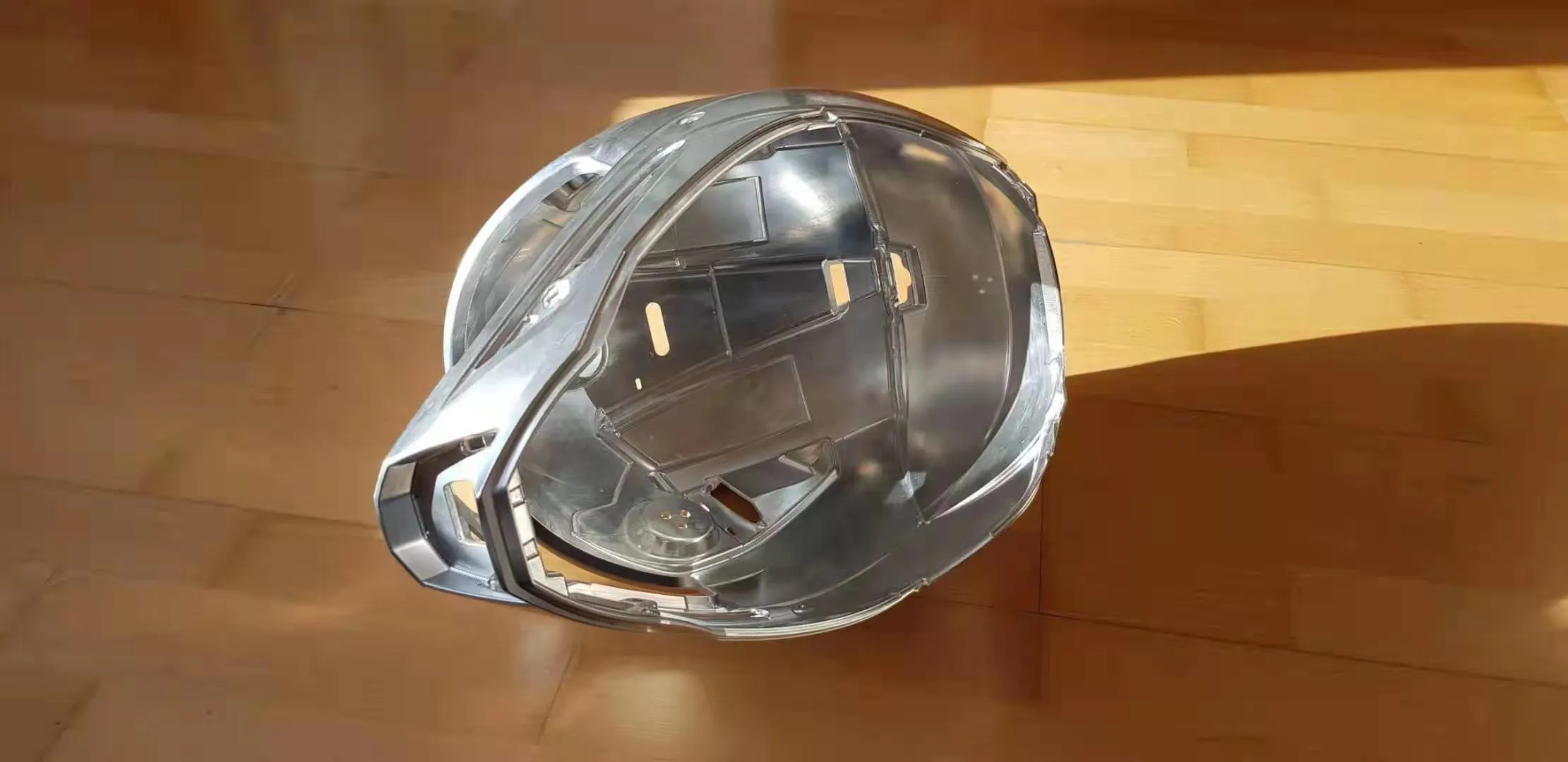
Milling is machining that involves the removal of material from a metal workpiece using a rotary cutting tool. Learn more about it here.
 Ethan
Published Date: 2025/10/17
Ethan
Published Date: 2025/10/17

Face milling is beloved in the manufacturing world because it can be used to make accurate and smooth surfaces, even on larger pieces. It can make pockets and steps in metal by flattening the material and smoothing out the top. A face mill has cutting edges on its face, which is the part that looks like a disk, and these cutters work by shaving off material from a workpiece horizontally until it reaches the depth required (this will be preset by you). This image explains how it works: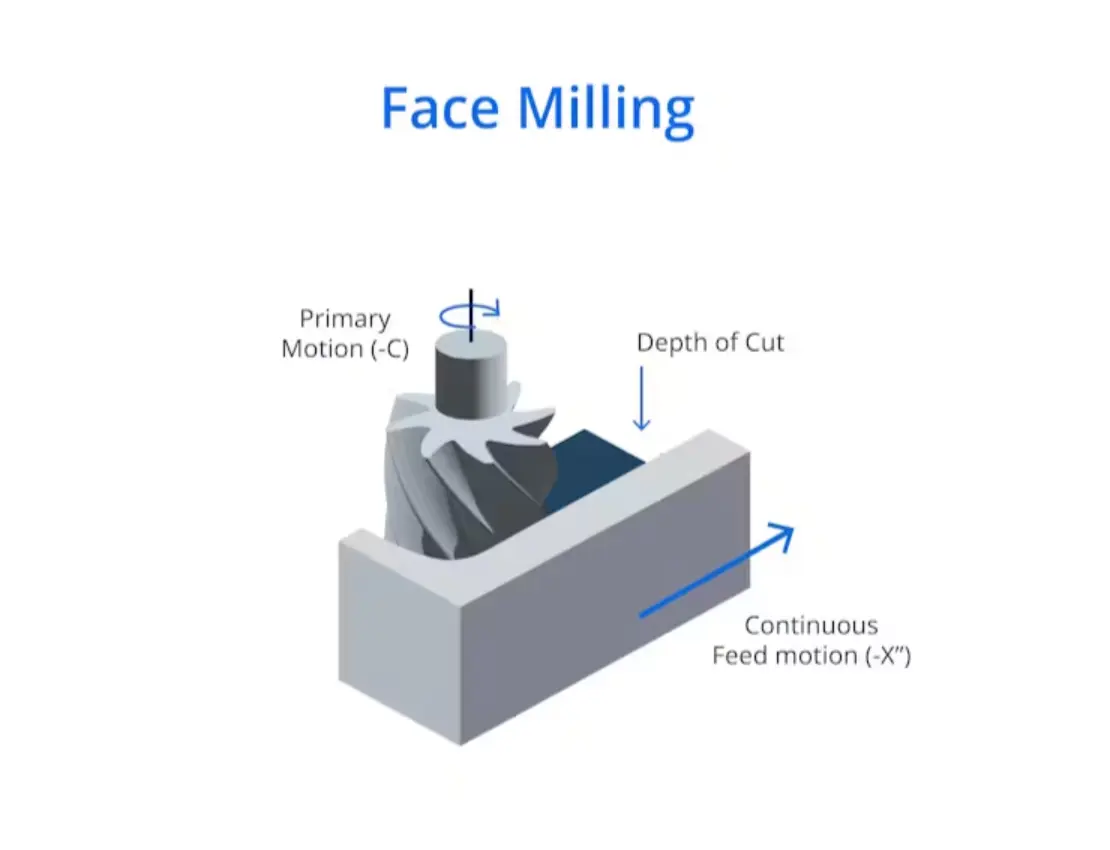
Slot milling makes slots (like grooves or trenches) in any size with a slot cutter which looks like a circular saw blade. This will cut into the sides of the materials to do the job, but you can also use an end mill that cuts on its side and face. It basically carves out a channel in the material, making things like the slot your keys go into (keyways) and other grooves, like this one: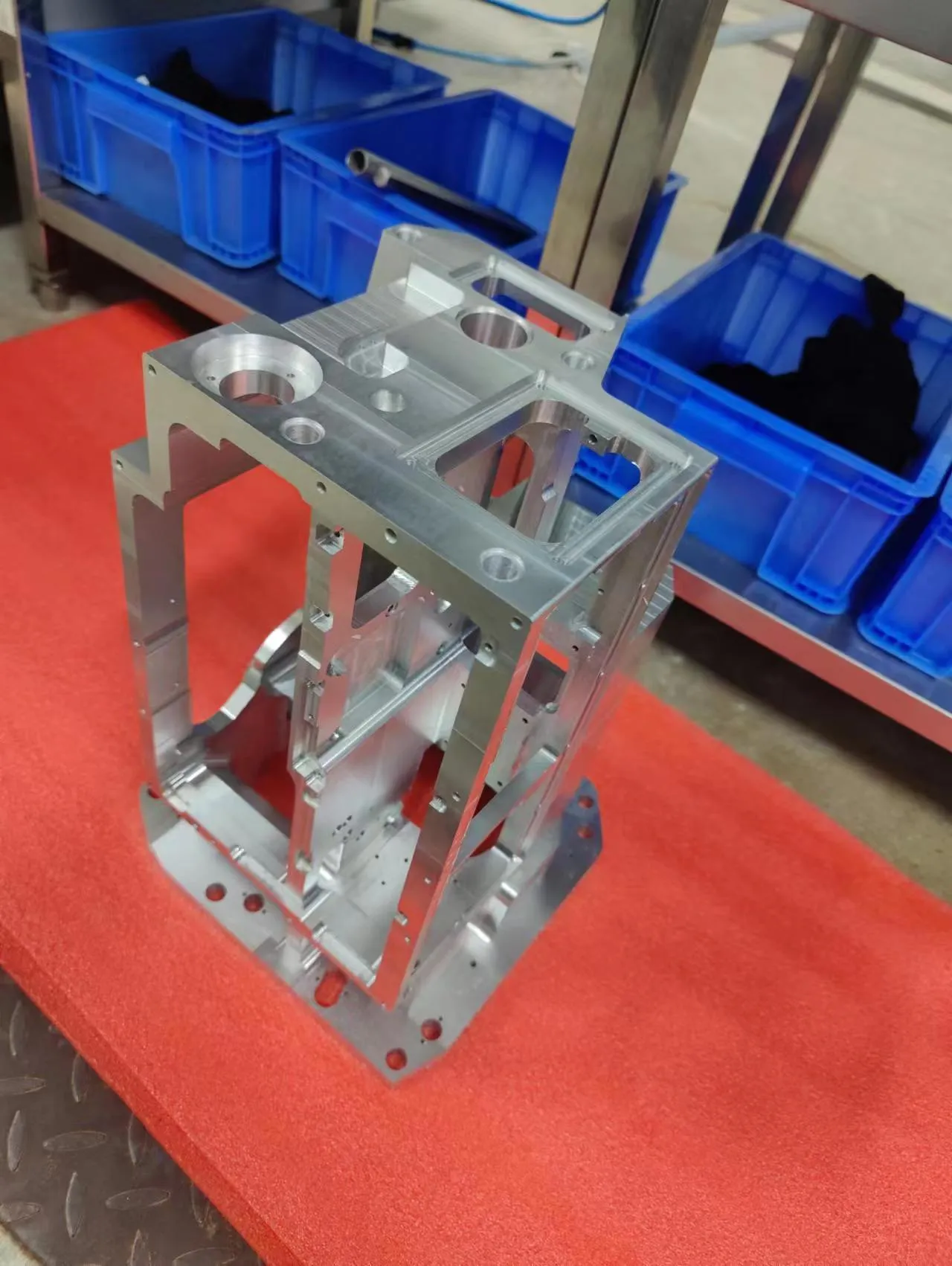
The tool used in end milling has cutting edges on both its end and sides and can make things like slots, pockets, and contours. This method is very common because it is versatile. It’s a little like a drill bit that can cut straight down (plunging) but it can cut sideways, too. The below diagram will give you an idea of how it works.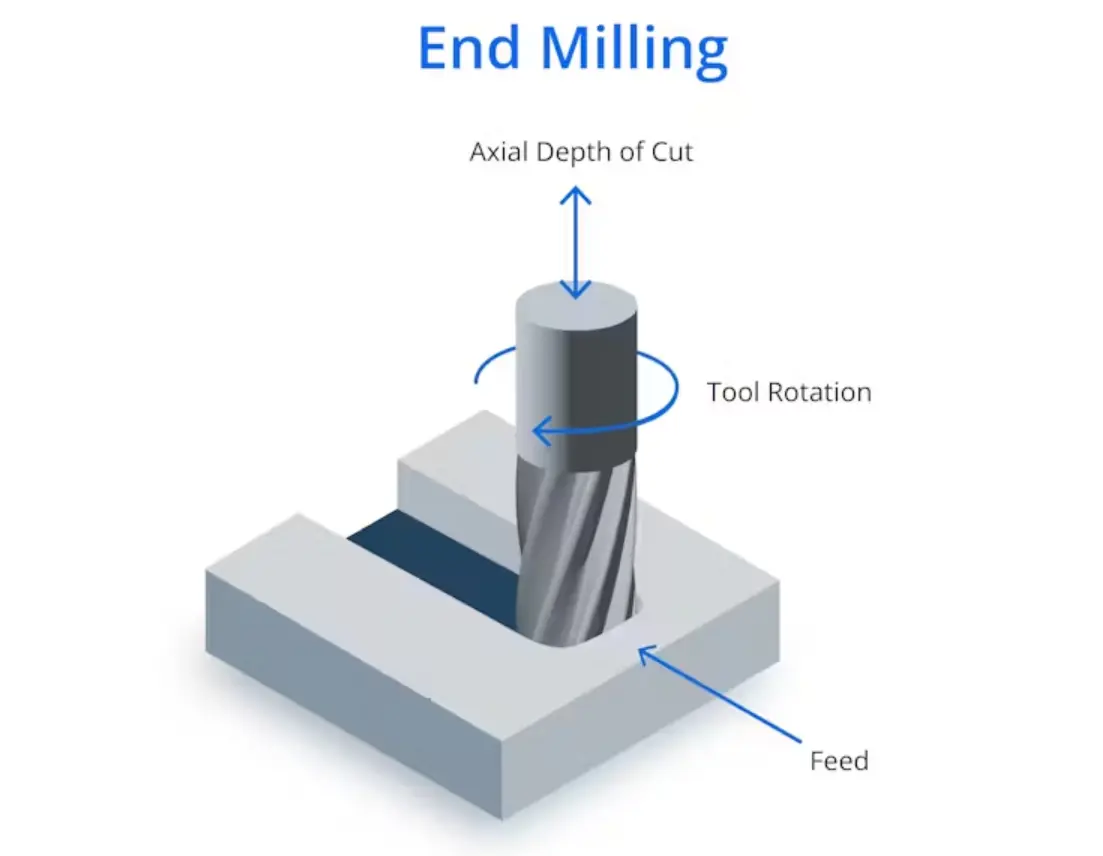
The spiraling threads you find on screws and bolts are made with thread milling. The tool has many cutting edges and is able to make threads in many different materials, in all different sizes, and can even tackle more complex designs. The thread milling cutting tool (which, by the way, is known for its durability and accuracy) rotates around the material along the thread path to cut the threads. Its capabilities are pretty much limited to making threads, but it does make them exceedingly well. Here’s a picture of a thread made by thread milling: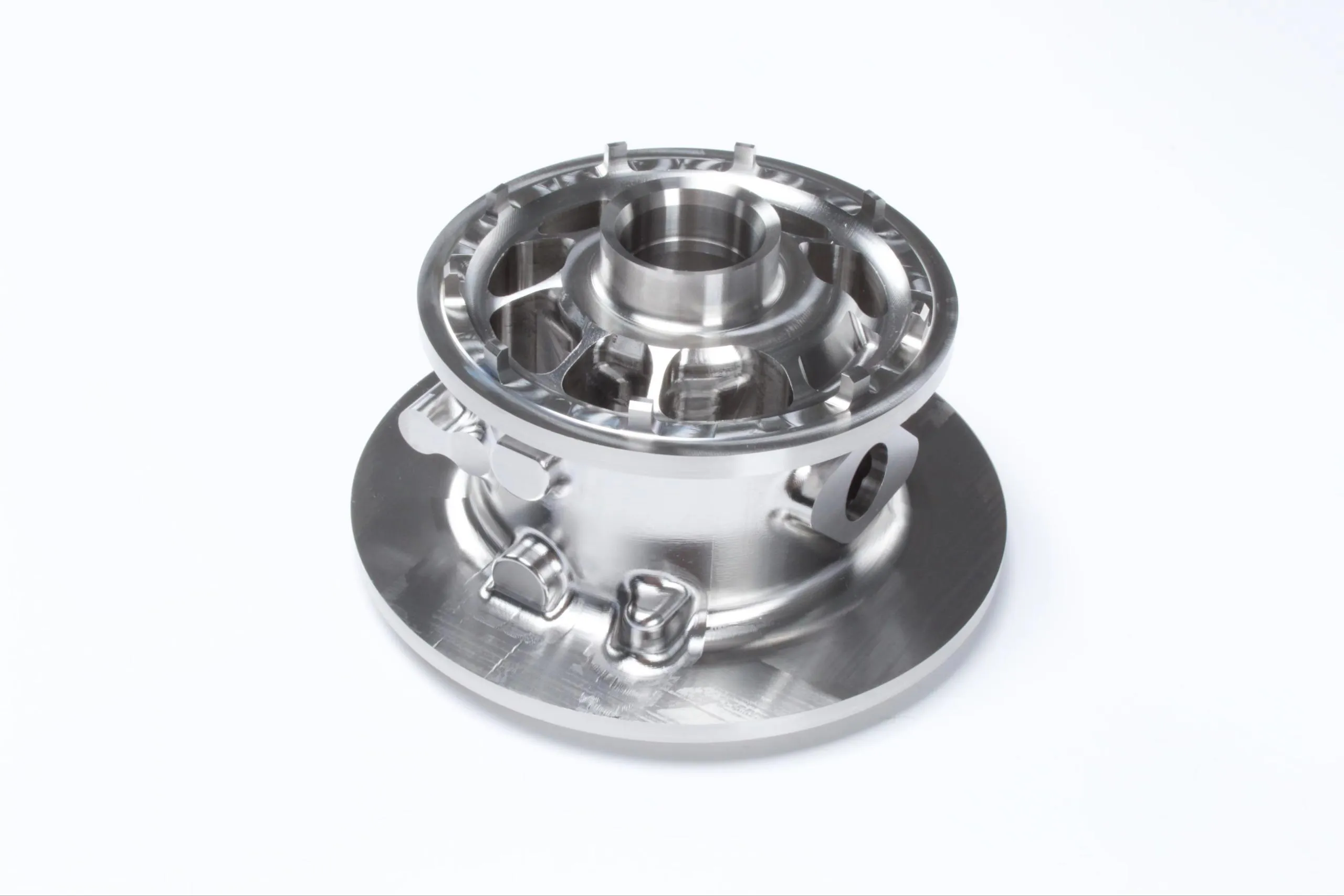
Shoulder milling removes material from the side of a workpiece (the “shoulder” or “sidewall”) with different cutting tools, like end mills, to make flat, 90-degree angles, like steps.
A side milling cutter or end mill is used in side milling to shave thin layers of material from the side of a workpiece. This is the way to go for flat or contoured surfaces. FlagShip’s very own Aaron (our marketing SVP) explains more about this milling process in the below video.
If you have to make complex shapes and profiles on a surface, profile milling will be your best friend. It uses a tool with multiple cutting edges to make curves and angles and also has a ball tip that moves around, smoothing everything out. It sometimes (but not always) uses multiple axes to make the cuts. Getting an axis to cooperate in manual milling is, putting it mildly, impossible, so the process often is used with CNC (computer numerical control) machines. Profile milling is used to make dies, molds, and other parts with more detailed surfaces, like this: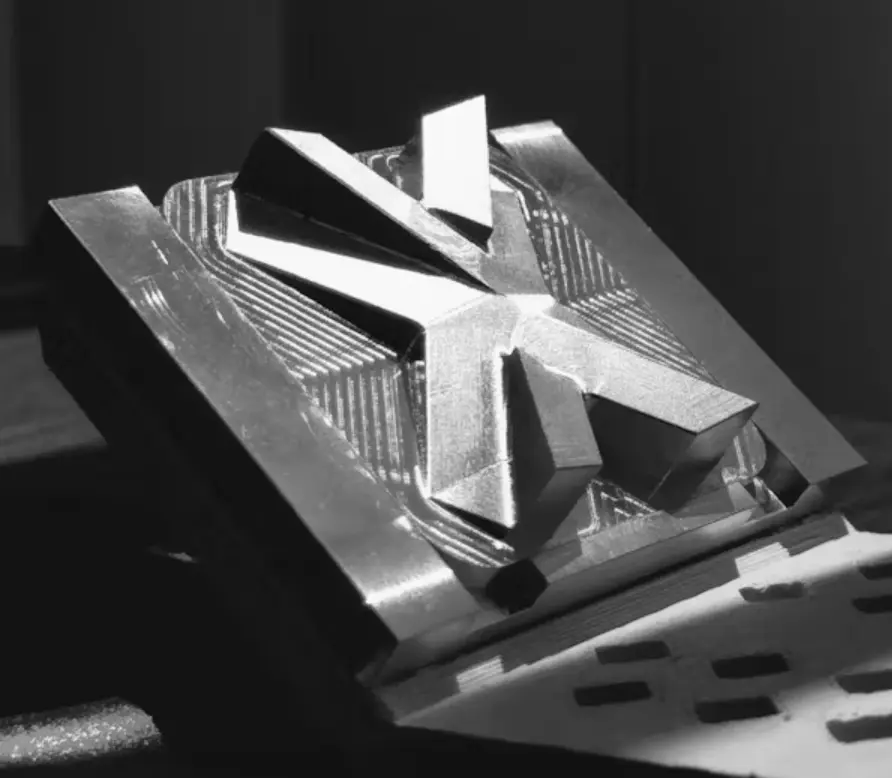
Saw milling works with a large, thin, and round cutting tool that has lots of teeth (like a circular saw blade). This fairly quick and easy process is also known as “slitting” because it makes thin slits in a material. The blade of the tool can cut straight down in a vertical line or move along the surface for different types of cuts.
CAM (computer-aided manufacturing) milling can make parts that most humans would find impossible to create by hand. It’s an automated process, with the cutting tool being controlled by a computer. Human effort is only needed to design the digital blueprint for the part with exact instructions on how to make it in the language that it can understand (don’t worry, there are tools for this) and then feeding it to the computer and switching it on.
As you may have guessed, this milling method has been specifically designed to make gears and gear teeth (like the toothed wheels found in car engines or clocks). It’s done with gear hobbing cutters, or milling cutters, which remove material to make the gear teeth. For simple gears, manual machines are used, but for complex ones, manufacturers tend to go the CNC route.
Angle milling makes beveled edges and angled features on parts. You can use specialized tools with this process, like tapered milling cutters that are cone-shaped or parallel-faced cutters that are flat but can be adjusted at a tilt to get the angle. To get the right tilt, you’d have to use a tilting arbor or four (or more) axis machine.
Form milling makes contoured and detailed shapes on a surface with either a specialized milling cutter in the exact shape or profile you want or generic cutting tools (the latter is a somewhat repetitive process, similar to profile milling). It’s used a lot in automotive, aerospace, and mold-making, and many times with a CNC machine.
Straddle milling involves mounting two milling cutters on an arbor and positioning them next to each other to create parallel slots, grooves, or surfaces on your chosen material. Because it has two cutting tools, it can essentially finish a piece in half the time. We see this process used often for keyway milling and machining flats on opposite sides of a shaft.
It might not have a very interesting name, but plain milling is still a useful manufacturing method. It’s pretty basic, removing material from a surface using a flat, horizontal cutting tool, and it is used for making square or rectangular features. Here’s what that looks like:
Gang milling is a little more aggressive, requiring you to mount several cutters on a single arbor. This allows you to cut multiple surfaces or features using a single pass. This is a good method to use if you want to keep productivity high and not have to spend lots of time setting up and handling several individual machines. It’s great for mass production of identical parts, but would be overkill for low-volume needs.
To make things super simple, here’s a useful cut-out-and-keep, quick-reference guide on the different milling types.
| Milling Type | Cutting Tool | Applications |
|---|---|---|
Face | Cutters on its face | Flat surfaces, pockets |
Slot | End mill or slot cutter | Slots, grooves |
End | Cutters on edges and sides | Slots, pockets, contours |
Thread | Multiple cutting edges | Internal/external threads |
Shoulder | Various cutters (i.e., end mills) | Flat, 90-degree shoulders, step features |
Side | End mill or side mill cutter | Slots, grooves, pickets |
Profile | Multiple cutting edges and ball tip to smoothen | Intricate shapes and profiles |
Saw | Narrow, large-diameter with many teeth | Slots, grooves, profiles |
CAM | Any via automation | Any and all |
Gear | Gear hobbing cutters, milling cutters | Gears, gear teeth |
Angle | Tapered milling cutters, parallel-faced cutters | Beveled edges, chamfers, angles |
Form | Custom-made to the shape you want to create | Contoured and detailed shapes in automotive, aerospace, mold-making |
Straddle | Two parallel cutters | Parallel slots or grooves |
Plain | Flat, horizontal cutter | Square/rectangular features |
Gang | Many cutters on a single arbor | Quick, for mass produced parts |